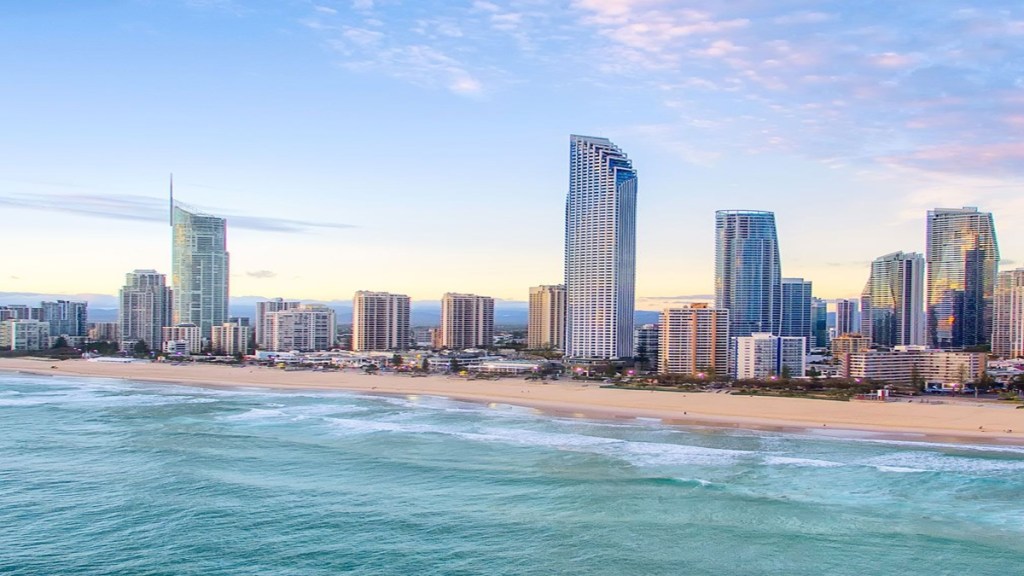The Australian Government has introduced a new prioritization system to ensure more even access to student visa processing. The Australian Government has introduced Ministerial Direction 111 to process offshore student visa applications in a more balanced way across education providers.
Australia’s ESOS amendment bill, criticized for its caps on international enrolment, will not be passed into law. And, therefore, Ministerial Direction 107 has been revoked and replaced by Ministerial Direction 111.
Under the new prioritisation system visa applications for a certain institution will be handled up to 80% of the indicative caps set by the national information system PRISMS. When that 80% level is exceeded, the same institution will be placed at the back of the processing line, and colleges or universities that have not met the 80% mark will be given more priority.
These changes only apply to offshore student visa applications for students currently outside Australia.
If you have already applied for a student visa and it has not yet been finalised, your application will now be processed under the new rules of MD111.
You must lodge your visa application as early as possible, and complete it with all requested information at the time of lodgement to support smooth processing. Visa processing takes longer if applications contain incorrect information or documents are missing. Your visa may even be refused.
Offshore international visa applications will be processed according to two priority categories. The good news is that there are no student caps. There was a proposed student cap which the Australian Parliament did not pass.
Priority 1
High priority processing will be given to visa applications for higher education providers and Vocational Education and Training providers that have not yet reached 80% of their indicative 2025 new overseas student commencements (NOSC) allocation.
An international student will usually count as a new overseas student commencement (NOSC) when they start their first higher education or vocational education and training (VET) course at their first provider, or they commence a higher education or VET course at a different provider.
Students will not be counted as an additional NOSC if they move between higher education or VET courses within a provider, or commence a subsequent course at the same provider immediately after the first higher education or VET course.
Once 80% of a provider’s NOSC has been reached, applications will be considered under Priority 2.
Who does Priority 1 apply to?
High priority processing will apply to all applications from: ( not an exhaustive list)
- School students
- Non-award sector students, including short term exchange students
- Students enrolled with a Technical and Further Education (TAFE) Provider
- Students enrolled in Aviation Pilot Training Courses;
- Students in postgraduate research courses;
- Foreign Affairs Students, Defence Students and students sponsored by the Commonwealth;
Australia has released indicative allocations for both higher education and vocational education and training providers on the Department of Employment and Workplace Relations website. This Bill has not passed Parliament in time for arrangements to be implemented by 1 January 2025.


